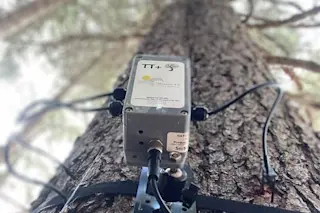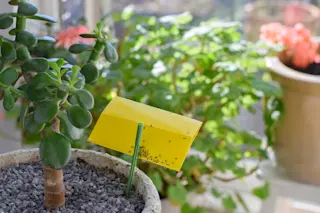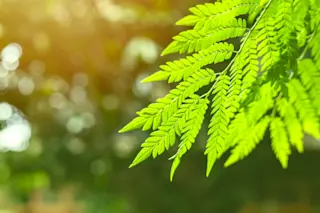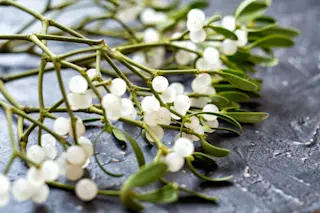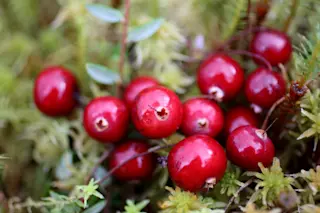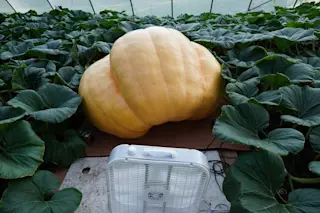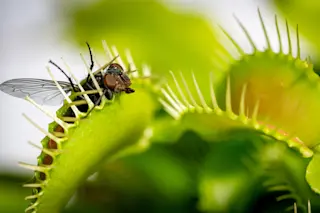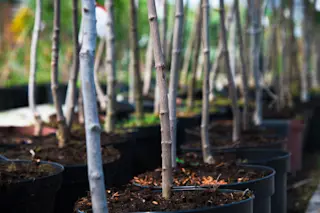How do you get a tree that produces six or seven different fruits? Grafting, of course. The process of getting a cutting of one plant to grow on the base of another, grafting is usually used in much more mundane contexts: it's what lets farmers grow clones of an orange tree, say, with particularly succulent fruit, for decades after the original tree dies. The vast majority of the fruit we eat comes from such clones, since letting the tree mix its genes with another might produce a totally different fruit, much less marketable than the original. But making a tree that fruits oranges, limes, and lemons all at the same time---now that's a work of art. At Scientific American's Brainwaves blog, Ferris Jabr explains
how such fruit salad trees, also called fruit cocktail trees, work, and points readers in the direction of a purveyor of such wonders:
In Australia, James ...


